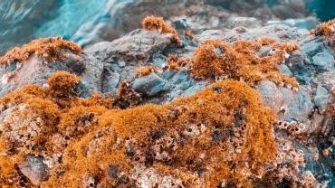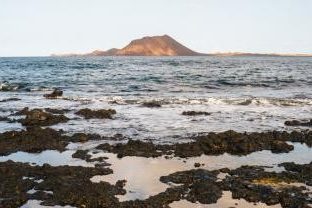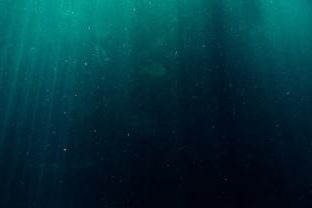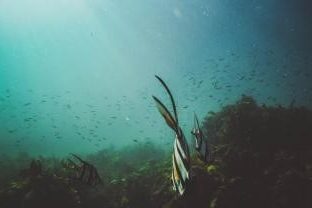
This project aims to determine the function of eukaryotic-like proteins (ELPs) from bacterial symbionts of sponges and apply this knowledge to develop new tools for biotechnology.
This project will use innovative microscopy techniques and gene expression studies to define the molecular and cellular interactions of ELPs with sponges and how this is influenced by changing environmental conditions.
ELPs will be further used to create new, artificial interactions between bacteria and eukaryotes. This project will provide fundamental knowledge on the evolution and function of newly discovered ELPs found in both beneficial and pathogenic bacteria and paves the way to control symbiosis for biotechnological applications.




